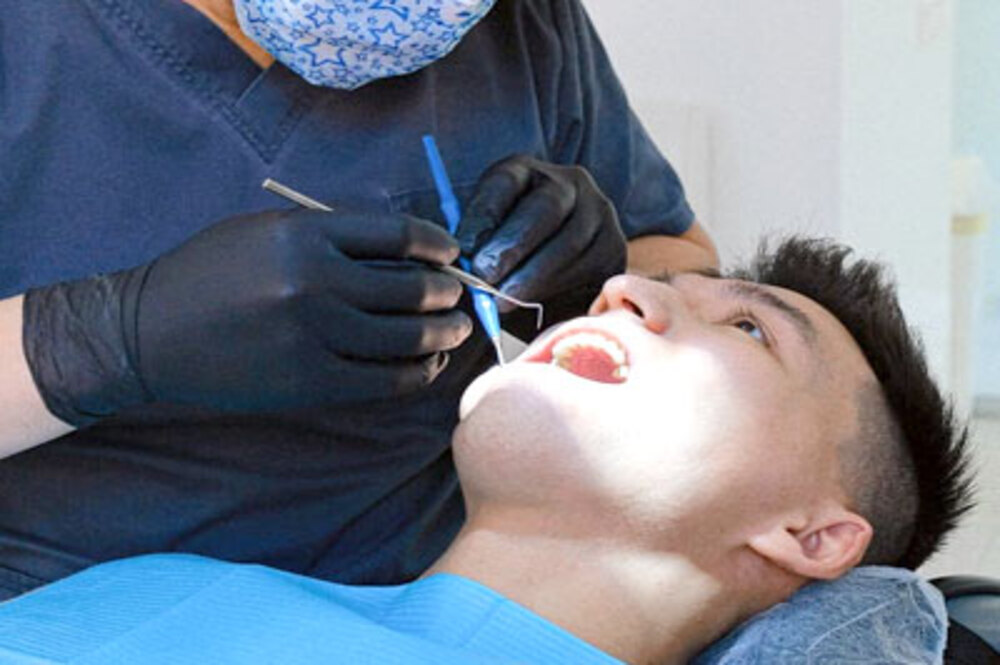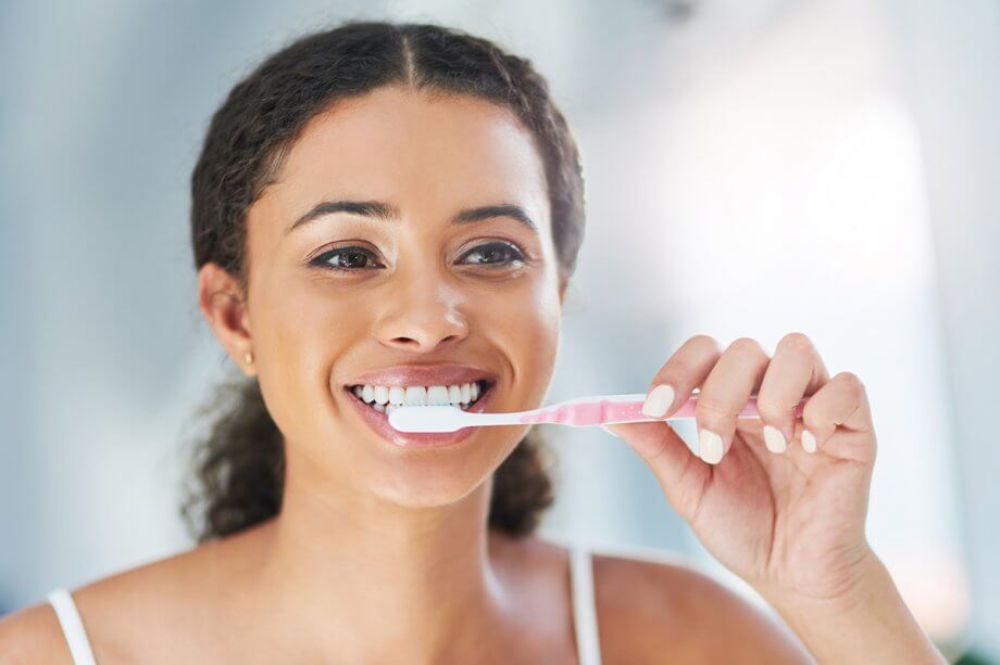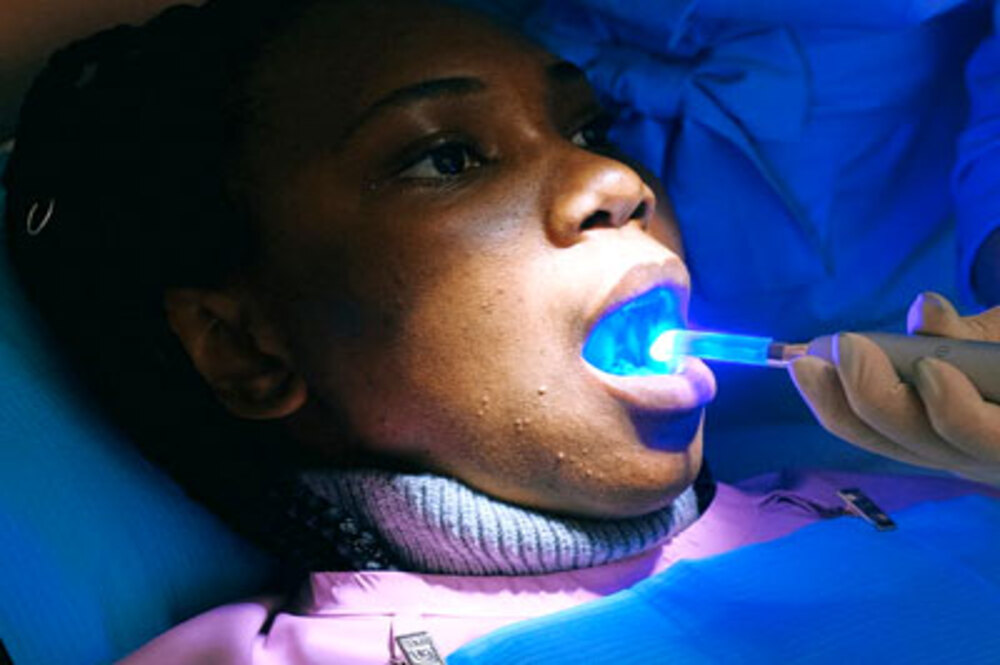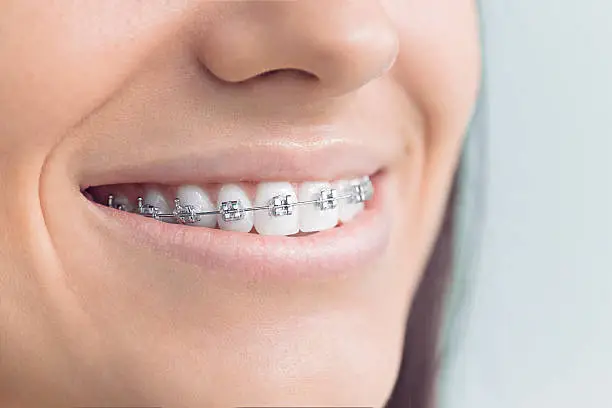Maintaining good dental habits is essential for a healthy, cavity-free smile. As a trusted dentist in Kothrud, Pune, Dr. Rohit Joshi shares his expert-recommended top 10 dental habits to help you prevent cavities, gum disease, and bad breath. Let’s dive in and discover the daily habits that can be your superpowers for a sparkling smile and lasting oral health!
1. The Dynamic Duo: Brushing and Fluoride Toothpaste (Master the Technique)
We touched on brushing, but let’s refine the technique. It’s not just about moving the brush around; it’s about a strategic clean:
The Right Tool: Opt for a soft-bristled toothbrush. Hard bristles can damage your gums and enamel over time. Electric toothbrushes can be particularly effective at removing plaque with their oscillating or rotating movements.
Fluoride Power: Always use fluoride toothpaste. Fluoride is a natural mineral that strengthens your tooth enamel, making it more resistant to acid attacks from bacteria and sugars. It can even help repair early stages of tooth decay.
The Two-Minute Rule (Minimum!): Most people underestimate how long they brush. Set a timer for two minutes – it feels like a long time initially, but it ensures you’re cleaning all tooth surfaces adequately. Divide your mouth into quadrants (upper right, upper left, lower right, lower left) and spend about 30 seconds on each.
The Angle Matters: Hold your toothbrush at a 45-degree angle to your gum line. This allows the bristles to gently clean along and slightly under the gum line, where plaque tends to accumulate.
Gentle Circular Motions: Use short, gentle, circular or elliptical motions. Avoid vigorous scrubbing back and forth, which can irritate your gums and wear down enamel.
Don’t Forget the Back Teeth: These are often missed but are just as susceptible to cavities and plaque buildup. Angle your brush to reach the very back surfaces.
Tongue Love: Your tongue harbors a surprising amount of bacteria that contribute to bad breath. Gently brush your tongue from back to front or use a tongue scraper to remove this film.
2. The Interdental Champion: Daily Flossing (or Interdental Brushes)

Brushing alone can’t reach the spaces between your teeth and under the gum line, where food particles and plaque get trapped. This is where flossing comes in:
The Right Amount: Use about 18 inches of floss. This allows you to use a clean section for each tooth, preventing the transfer of bacteria.
Gentle Guidance: Hold the floss taut between your thumbs and index fingers. Gently slide it between your teeth using a sawing motion. Be careful not to snap the floss down onto your gums.
The “C” Shape: Once the floss is between your teeth, curve it into a “C” shape against the side of one tooth and gently slide it beneath the gum line. Then, move it up and down several times to clean the surface. Repeat this on the adjacent tooth.
Fresh Section for Each Gap: Move to a clean section of floss as you move between teeth.
Interdental Brushes (Alternatives): If you find traditional flossing difficult, interdental brushes (small, bristled brushes on a handle) can be an effective alternative for cleaning between teeth, especially if you have wider gaps or dental work. Your dentist can advise you on the appropriate size.
3. The Rinse and Refresh: Antibacterial Mouthwash (Strategic Use)

Mouthwash can be a helpful addition to your oral hygiene routine, but it’s not a substitute for brushing and flossing:
Antibacterial Power: Choose a mouthwash that contains antibacterial ingredients like cetylpyridinium chloride (CPC) or chlorhexidine (use as directed by your dentist for specific issues). These can help reduce plaque, gingivitis (early gum disease), and bad breath-causing bacteria.
Fluoride Boost: Some mouthwashes also contain fluoride, offering an extra layer of protection against cavities.
Alcohol-Free is Kinder: Opt for alcohol-free mouthwashes, as alcohol can dry out your mouth, which can actually worsen bad breath and irritate sensitive tissues.
Timing Matters: Rinse after brushing and flossing for about 30 seconds as directed on the bottle. Avoid rinsing with water immediately after using a fluoride mouthwash, as this can wash away the fluoride.
4. The Sugar Shield: Smart Dietary Choices (Minimize the Enemy)
What you eat significantly impacts your oral health:
Sugar is the Culprit: Bacteria in your mouth feed on sugars and starches, producing acids that erode tooth enamel, leading to cavities. Limit your intake of sugary drinks (soda, juice), candies, and processed foods.
Sticky Situations: Sticky foods like caramels and gummy candies cling to your teeth longer, giving bacteria more time to produce harmful acids.
Acidic Attack: Acidic foods and drinks (citrus fruits, vinegar, sports drinks) can directly erode enamel. If you consume them, rinse your mouth with water afterward to neutralize the acid. Wait at least 30 minutes before brushing, as brushing immediately after acid exposure can further damage softened enamel.
Hydration Hero: Water: Drink plenty of water throughout the day. Water helps rinse away food particles and bacteria and keeps your mouth hydrated, which is essential for saliva production. Saliva naturally helps neutralize acids and cleanse your mouth.
5. The Saliva Savior: Stay Hydrated (Nature’s Mouthwash)
Saliva plays a crucial role in maintaining oral health:
Natural Cleanser: Saliva helps wash away food debris and bacteria.
Acid Neutralizer: It contains buffers that neutralize the acids produced by bacteria.
Enamel Repair: Saliva contains minerals like calcium and phosphate that can help remineralize and repair early enamel damage.
Combat Dry Mouth: Dehydration, certain medications, and medical conditions can lead to dry mouth (xerostomia). If you experience dry mouth, talk to your doctor or dentist. They may recommend artificial saliva products or strategies to increase saliva flow.
6. The Professional Partner: Regular Dental Checkups and Cleanings (Your Allies in Prevention)

No matter how diligent you are at home, professional care is essential:
Early Detection: Dentists and hygienists are trained to spot early signs of cavities, gum disease, and other oral health issues that you might not notice. Early detection allows for less invasive and more effective treatment.
Tartar Removal: Over time, plaque can harden into tartar (calculus), which is firmly attached to your teeth and can only be removed with professional dental instruments. Tartar provides a rough surface for more plaque to accumulate.
Personalized Advice: Your dentist and hygienist can provide tailored advice on brushing and flossing techniques, recommend specific oral hygiene products, and address any concerns you may have.
Frequency Matters: The standard recommendation is a dental checkup and cleaning every six months. However, your dentist may recommend more frequent visits based on your individual oral health needs.
7. The Night Guard Navigator: Protecting Against Grinding (Bruxism)
Teeth grinding (bruxism), often occurring during sleep, can wear down enamel, making your teeth more susceptible to cavities and causing jaw pain and other issues:
Awareness is Key: Be mindful if you clench or grind your teeth during the day due to stress.
Night Guard Protection: If you grind your teeth at night, your dentist can fit you with a custom-made night guard. This acrylic appliance fits over your teeth and absorbs the forces of grinding, protecting your enamel.
8. The Tobacco Terminator: Avoid Tobacco Products (A Major Oral Health Enemy)
Smoking and chewing tobacco have devastating effects on oral health:
Increased Risk: Tobacco use significantly increases your risk of gum disease, tooth loss, oral cancer, and bad breath.
Impaired Healing: Smoking impairs the healing process in your mouth, making gum disease treatment less effective.
Staining and Bad Breath: Tobacco stains teeth and contributes to persistent bad breath.
Quitting is Crucial: If you use tobacco products, quitting is one of the best things you can do for your overall and oral health. Talk to your doctor about cessation resources.
9. The Gentle Touch: Be Mindful of Your Gums (The Foundation of Healthy Teeth)
Healthy gums are essential for supporting your teeth:
Gentle Brushing: Avoid aggressive brushing that can irritate and recede your gums.
Proper Flossing: Use the correct flossing technique to avoid damaging gum tissue.
Watch for Changes: Be aware of any signs of gum disease, such as redness, swelling, bleeding during brushing or flossing, persistent bad breath, or receding gums. If you notice any of these symptoms, see your dentist promptly.
10. The Consistency Commitment: Make it a Habit (Long-Term Success)
The key to preventing cavities, gum disease, and bad breath is consistency. These habits need to become an integral part of your daily routine:
Establish a Routine: Incorporate brushing, flossing, and mouthwash into your morning and evening routines.
Be Patient: It takes time to develop new habits. Don’t get discouraged if you miss a day occasionally, just get back on track as soon as possible.
Stay Informed: Continue to learn about oral health and ask your dentist any questions you have.
By diligently following these top 10 dental habits, you’ll be well on your way to a healthy, happy mouth and a confident smile for years to come!




